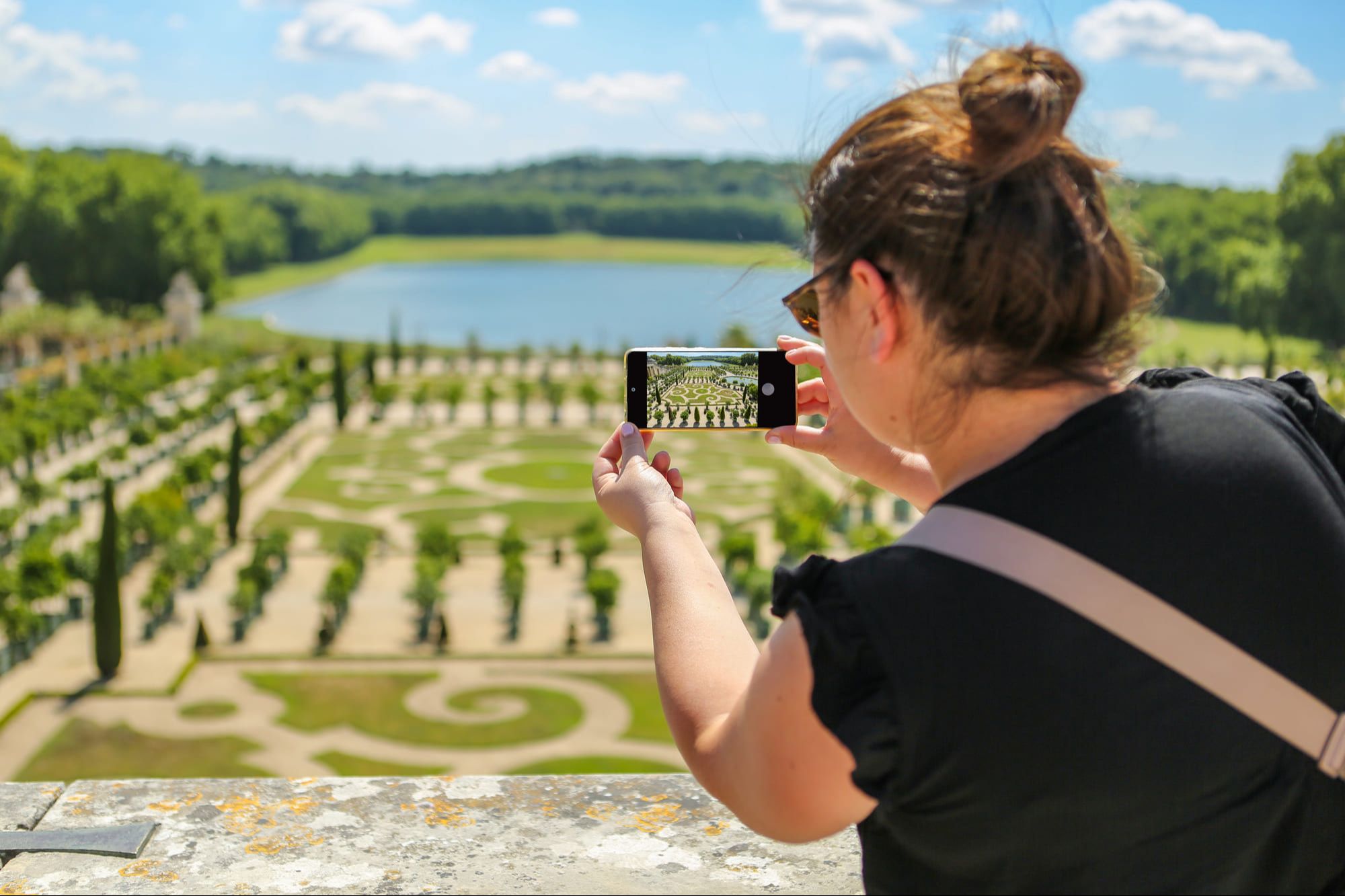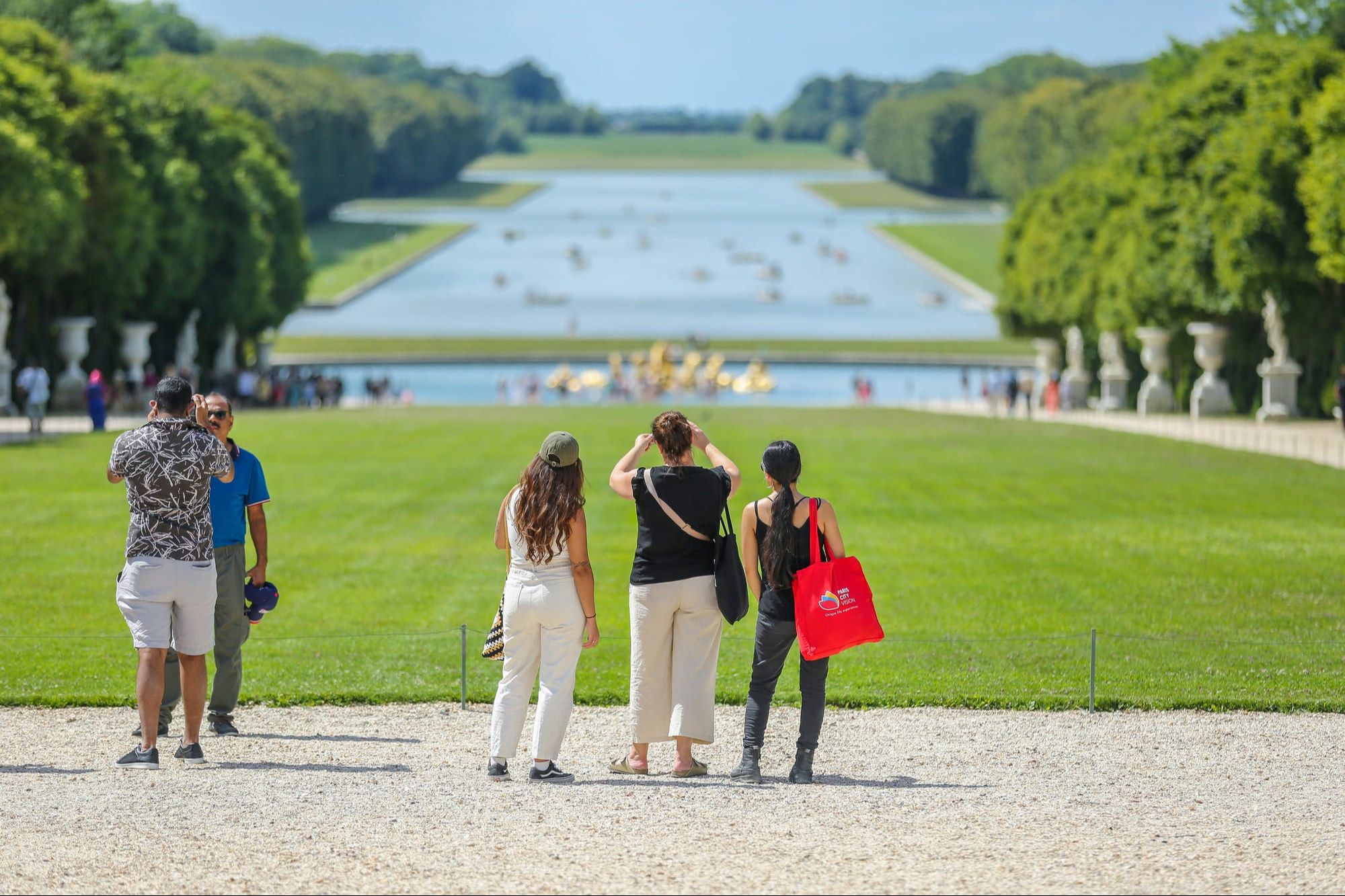History of the Palace of Versailles
In 1623, the Château de Versailles was far from being the baroque architectural masterpiece that it is today with over 800 hectares and 2,300 rooms. Before settling in the Yvelines, all kings resided at the Louvre Palace, now the famous museum. The former childhood bedroom of Louis XIV has been transformed into a museum.
Before the Palace of Versailles : history of a Hunting lodge

Louis XIII, the Sun King’s father, was at the forefront of establishing the royal base at Versailles, a forested marshland where the young King would go hunting alongside his father, Henry IV. Later seized by agoraphobia and wanting to distance himself from his mother, Marie of the Medicis, who would reign when the King was assassinated by Ravaillac, Louis XIII preferred to spend his time at Versailles. A castle was thus constructed in 1623 on the Versailles domaine to welcome the King when he wanted to hunt. It was extended and embellished in 1631 with French gardens and pathways for royalty. Unfortunately, just when Louis XIV’s reign began, Anne of Austria, as advised by the Cardinal Jules Mazarin, would leave Versailles behind thus leaving the castle empty until construction was ordained by the young King in 1660. This building was conserved by the Sun King as a base for his very own castle and today surrounds the Court of Honor.
Construction of a French Architectural Jewel
The Palace was a royal residence that constantly underwent change and construction during the reigns of several kings: Louis XIV, Louis XV and Louis XVI. The gardens were added upon and the park was enhanced. Changes were not only exterior to the palace; interior embellishments were done to please new queens in as much to complete grandiose projects such as the Royal Opera or the Royal Chapel. Other buildings on the Versailles domaine cannot be excluded from the palace of Versailles history.

For example, the Grand Trianon was built in 1687 as a secondary residence for the Sun King where Louis XV and Queen Marie Leczinska would reside. As for the Petit Trianon (1761-1768), it was built for the King’s favorite mistress, Jeanne-Antoinette Poisson a.k.a. Madame de Pompadour. To distance herself from the pomp of King Louis XVI’s court, Queen Marie-Antoinette would later live at the Petit Trianon where she had a theatre built and a farm hamlet inspired from the Normandy region.

1789: a Turning Point
The French Revolution robbed the domaine of 7,000 hectares of land, a staggering loss that didn’t deter future residents from abandoning it. In fact, Napoleon I set up home at the Grand Trianon and wanted to turn the palace into an imperial residence, an idea, however, that would dissolve along with the Empire itself. During its restoration, Louis XVIII (brother to Louis XVI) wanted to make Versailles his summer residence, an idea that was aborted but that nevertheless allowed for renovations to be undertaken. And under the influence of the Empress Eugénie, Napoléon III turned the Grand Trianon into a grand reception hall. The French Revolution is very important in the Palace of Versailles history.
A Central Place for Diplomacy
In the end, the Palace would never again become a royal residence after the reign of Louis XVI. However, it remained a place that displayed France’s grandeur as well as a symbol exploited by future leaders. Indeed, several historic events would take place at this center of diplomacy such as the Treaty of Versailles in 1919. Even General de Gaulle would use the Grand Trianon as a residence for visiting foreign chiefs of state and set up a presidential space that would later be restored to the palace.

The Chateau de Versailles and its sprawling domaine rich in heritage and history became public in 1995. Events such as the Grandes Eaux Musicales or shows at the Royal Opera are organized so that Palace of Versailles can be enjoyed much as it was during the time of kings.


